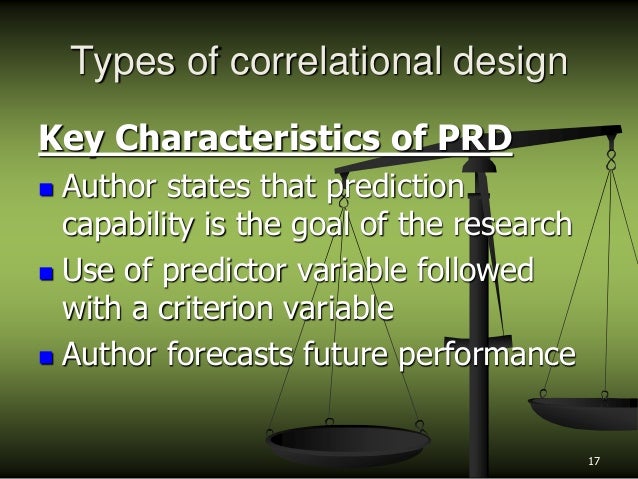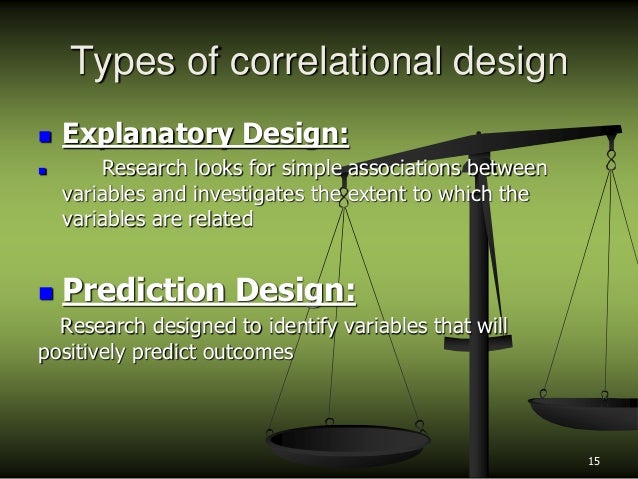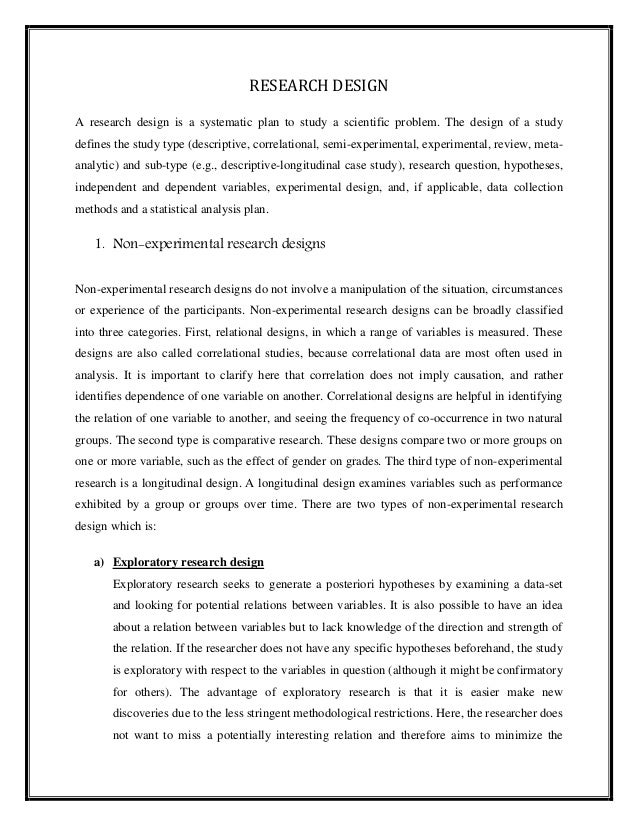Correlational Research Guide, Design & Examples
Table Of Content

Ultimately, by leveraging correlational methods responsibly and ethically, researchers can unlock new insights, drive innovation, and make a positive impact on society. A common misconception among beginning researchers is that correlational research must involve two quantitative variables, such as scores on two extraversion tests or the number of hassles and number of symptoms people have experienced. As with naturalistic observation, measurement can be more or less straightforward when working with archival data.
How Is Correlational Research Conducted?
For example, instead of simply measuring how much people exercise, a researcher could bring people into a laboratory and randomly assign half of them to run on a treadmill for 15 minutes and the rest to sit on a couch for 15 minutes. Although this seems like a minor change to the research design, it is extremely important. Now if the exercisers end up in more positive moods than those who did not exercise, it cannot be because their moods affected how much they exercised (because it was the researcher who used random assignment to determine how much they exercised). Likewise, it cannot be because some third variable (e.g., physical health) affected both how much they exercised and what mood they were in. Thus experiments eliminate the directionality and third-variable problems and allow researchers to draw firm conclusions about causal relationships.

Correlation Studies in Psychology Research
To determine why the relationship exists, researchers would need to consider and experiment with other variables, such as the subject's social relationships, cognitive abilities, personality, and socioeconomic status. Correlational research is a type of research design commonly used in the social and behavioral sciences. Researchers use two data collection methods to collect information in correlational research. Ensuring the reliability and validity of measures is paramount in correlational research. Reliability refers to the consistency and stability of measurement over time, whereas validity pertains to the accuracy and appropriateness of measurement in capturing the intended constructs. To address the influence of third variables, researchers can employ various strategies, such as statistical control techniques, experimental designs (when feasible), and careful operationalization of variables.
Correlational Research – Methods, Types and Examples
A correlational research design investigates relationships between two variables (or more) without the researcher controlling or manipulating any of them. This method is an example of content analysis—a family of systematic approaches to measurement using complex archival data. Just as naturalistic observation requires specifying the behaviours of interest and then noting them as they occur, content analysis requires specifying keywords, phrases, or ideas and then finding all occurrences of them in the data. These occurrences can then be counted, timed (e.g., the amount of time devoted to entertainment topics on the nightly news show), or analyzed in a variety of other ways.
Precise specification of the sampling process in this way makes data collection manageable for the observers, and it also provides some control over important extraneous variables. For example, by making their observations on clear summer days in all countries, Levine and Norenzayan controlled for effects of the weather on people’s walking speeds. Archival data involves using existing data sources such as historical records, census data, or medical records to explore the relationships between variables. Archival data is useful for investigating the relationships between variables that cannot be manipulated or controlled.
Correlational Research is a type of research that examines the statistical relationship between two or more variables without manipulating them. It is a non-experimental research design that seeks to establish the degree of association or correlation between two or more variables. While the inability to change variables can be a disadvantage of some methods, it can be a benefit of archival research. That said, using historical records or information that was collected a long time ago also presents challenges. For one, important information might be missing or incomplete and some aspects of older studies might not be useful to researchers in a modern context.
The following section on multiple regression analysis (MRA) describes simultaneous and sequential MRA, the types of information provided by MRA, the problem of multicollinearity, and MRA as an alternative to analysis of variance (ANOVA). The chapter concludes with brief discussions of two other forms of correlational analysis, logistic regression analysis and multiway frequency analysis. Naturalistic observation is a way of data collection in which people’s behavioral targeting is observed in their natural environment, in which they typically exist.

Scatterplots
In this example, the line that best approximates the points is a curve—a kind of upside-down “U”—because people who get about eight hours of sleep tend to be the least depressed. Those who get too little sleep and those who get too much sleep tend to be more depressed. Even though Figure 6.5 shows a fairly strong relationship between depression and sleep, Pearson’s r would be close to zero because the points in the scatterplot are not well fit by a single straight line. This means that it is important to make a scatterplot and confirm that a relationship is approximately linear before using Pearson’s r. Nonlinear relationships are fairly common in psychology, but measuring their strength is beyond the scope of this book.
Comparison of six statistical methods for interrupted time series studies: empirical evaluation of 190 published series ... - BMC Medical Research Methodology
Comparison of six statistical methods for interrupted time series studies: empirical evaluation of 190 published series ....
Posted: Sat, 26 Jun 2021 07:00:00 GMT [source]
Third Variables
Crafting a well-designed correlational study is essential for yielding meaningful insights into the relationships between variables. By meticulously formulating research questions, selecting appropriate participants, identifying relevant variables, and employing effective data collection methods, researchers can ensure the validity and reliability of their findings. For example, while a researcher might be interested in the relationship between the frequency people use cannabis and their memory abilities they cannot ethically manipulate the frequency that people use cannabis. Finally, extending upon this trade-off between internal and external validity, correlational research can help to provide converging evidence for a theory.
Researchers collect data by asking participants to complete questionnaires or surveys that measure different variables of interest. Surveys are useful for exploring the relationships between variables such as personality traits, attitudes, and behaviors. Correlational research is a methodological approach used in scientific inquiry to examine the relationship between two or more variables.
Correlations that are a result of a third-variable are often referred to as spurious correlations. The other common situations in which the value of Pearson’s r can be misleading is when one or both of the variables have a limited range in the sample relative to the population. Assume, for example, that there is a strong negative correlation between people’s age and their enjoyment of hip hop music as shown by the scatterplot in Figure 6.6. However, if we were to collect data only from 18- to 24-year-olds—represented by the shaded area of Figure 6.6—then the relationship would seem to be quite weak. For example, if age is one of your primary variables, then you can plan to collect data from people of a wide range of ages. Because restriction of range is not always anticipated or easily avoidable, however, it is good practice to examine your data for possible restriction of range and to interpret Pearson’s r in light of it.
Comments
Post a Comment